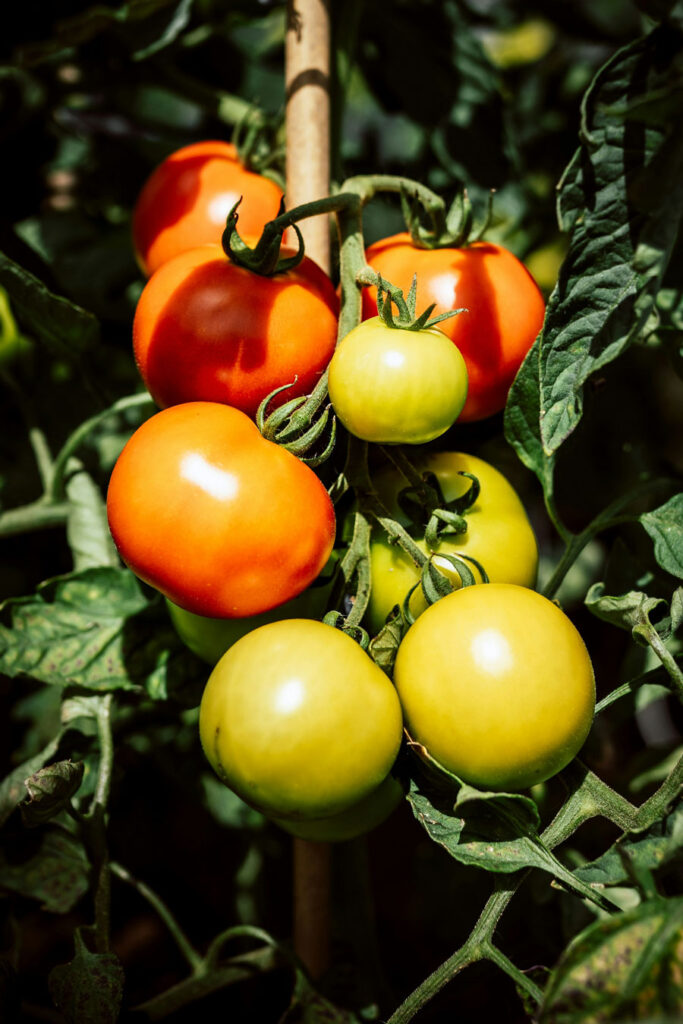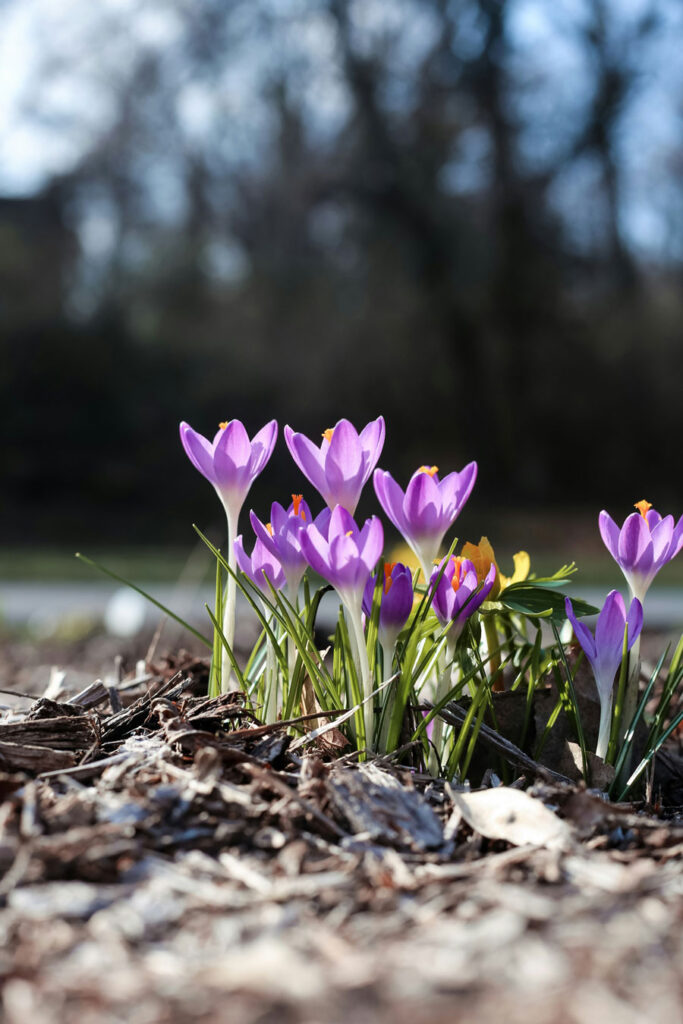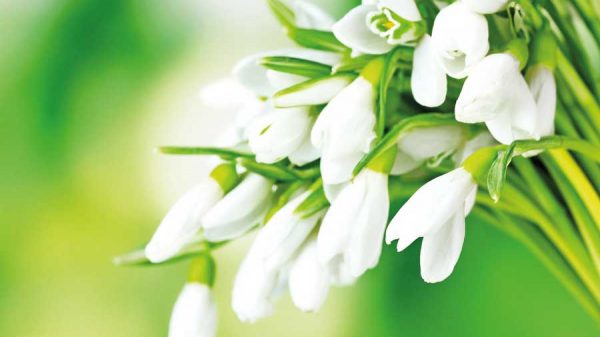I generally leave sowing of annual crops such as flowers and vegetables until this month, the days are lengthening and temperatures increasing and I have found that plants seem to catch up with earlier sowings. In addition if you start sowing seeds that need heat to germinate then you either have to heat a greenhouse or use a windowsill propagator, both are great ways to protect early sowings but not without problems. The trick with most seedlings is making sure they don’t stretch for the light, resulting in long thin twisted stems that won’t make good plants. As seedlings start to emerge they need lots of light, and a windowsill only has light from one side. A conservatory or greenhouse is the best place to grow them on as they get light from all around, and a frost free environment. Grow lights are an option but it all depends how much you want to invest in starting seedlings. If you have limited space and time it’s often better to wait until ‘Garden ready’ plants are available at your local nursery or garden centre.

I still love growing some plants from seed as there is generally more choice and I have time to pamper them. I will be sowing my tomatoes this month, starting them off in an electric propagator that has lights above, once germinated transferring them to my greenhouse where I can maintain a frost free environment. There are hundreds of cultivars to choose from and I tend to try a couple of different ones each year, but there are a few I always grow, ‘Shirley’ is a favourite (used to be my Mum’s favourite too), it’s a great medium sized tomato with great flavour, ‘Sungold’ a golden cherry sized sweet as a sugar cube, they rarely make it to the kitchen. ‘Shimmer’ is a teardrop shape deep red with dark green stripes great in salads and adds a different colour. Sue likes the yellow cherry plum ‘Katie Bell’ a good tomato flavour. We also grow a beefsteak type, called ‘Big Rainbow’ when you slice it the flesh is multicoloured, from pale green through yellow orange and red, again great in salads and has that typical slightly acid edge to its taste. I know by the time we will be harvesting they will be cheap as chips in the shops but no where near the taste, if you only have space for one try it they are great fun to grow.
I grow the vast majority of our annual flowers and vegetables under glass, growing them on to a stage where they are strong healthy plants, hardened off to go in the garden when the risk of a heavy frost has gone, usually late April to Early May.

As the spring display of flowering bulbs approaches its peak, Snowdrops have given way to Ccrocus and Narcissus (daffodils), and the fat buds of tulips are full of promise. There are two key things to remember this month, feed the bulbs that are flowering now and as the flowers fade, remove faded blooms but don’t be tempted to cut down the foliage just yet, it’s best to leave them to die down naturally. If you are desperate to tidy up your floppy daffodil leaves then leave them at least six weeks after flowering before you cut them back. Once the flower fades the plant will be busy building up a new bulb for next year’s display.
It’s also time to buy your summer bulbs and tubers for planting after the last spring bulbs have finished. Lilies, gladioli and dahlias, will provide a bright colourful display through summer and well into the autumn.
If you have grown bulbs in planters they too will need feeding once the flowers have faded, especially if you plan to re-plant them somewhere in the garden. If you can allow the leaves to die back naturally then you can either plant them directly into the garden or knock them out of the pot, let them dry out in a tray and store them until late summer. We have invested in two sets of containers so that we can plant the summer displays before the bulbs have died back, if you have the space it does make life easier at a busy time of year.
I can count on one hand the days since last autumn that the lawn was frozen, wet on the other hand is another question, I have never seen so much rain and at times the lawn has been standing in water. We are fortunate that our soil is free draining but never the less the incredible amount of water has meant that it’s been impossible to do any repairs or maintenance on the lawn. This weather certainly highlights any drainage issues you may have and sadly creates an ideal environment for moss to take over. As soon as the lawn dries out, (who knows when that will be) take a little time to assess how the grass is doing, chances are that it will have grown along with any weeds and there will be some evidence of moss. I like to give the lawn a trim in early March, setting the mower blades quite high, if you don’t use a grass box its a good idea to rake up the clippings, scarify with a wire lawn rake or if you can hire locally a powered rake. Again collect all arisings and pop them on the compost heap. Don’t be in a hurry to use a moss killer as if we get a dry late spring small infestations may disappear. We don’t feed the lawn preferring to allow nature to provide the nutrition but if your soil is poor, carry out a soil test which will tell you what you need to use.
Happy gardening, Martin.
Next month, plants that need support, check out summer bedding plants, plan your patio.







